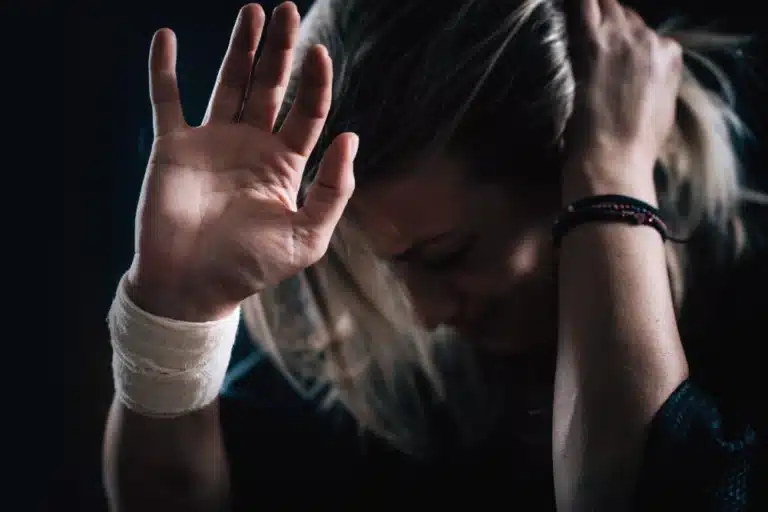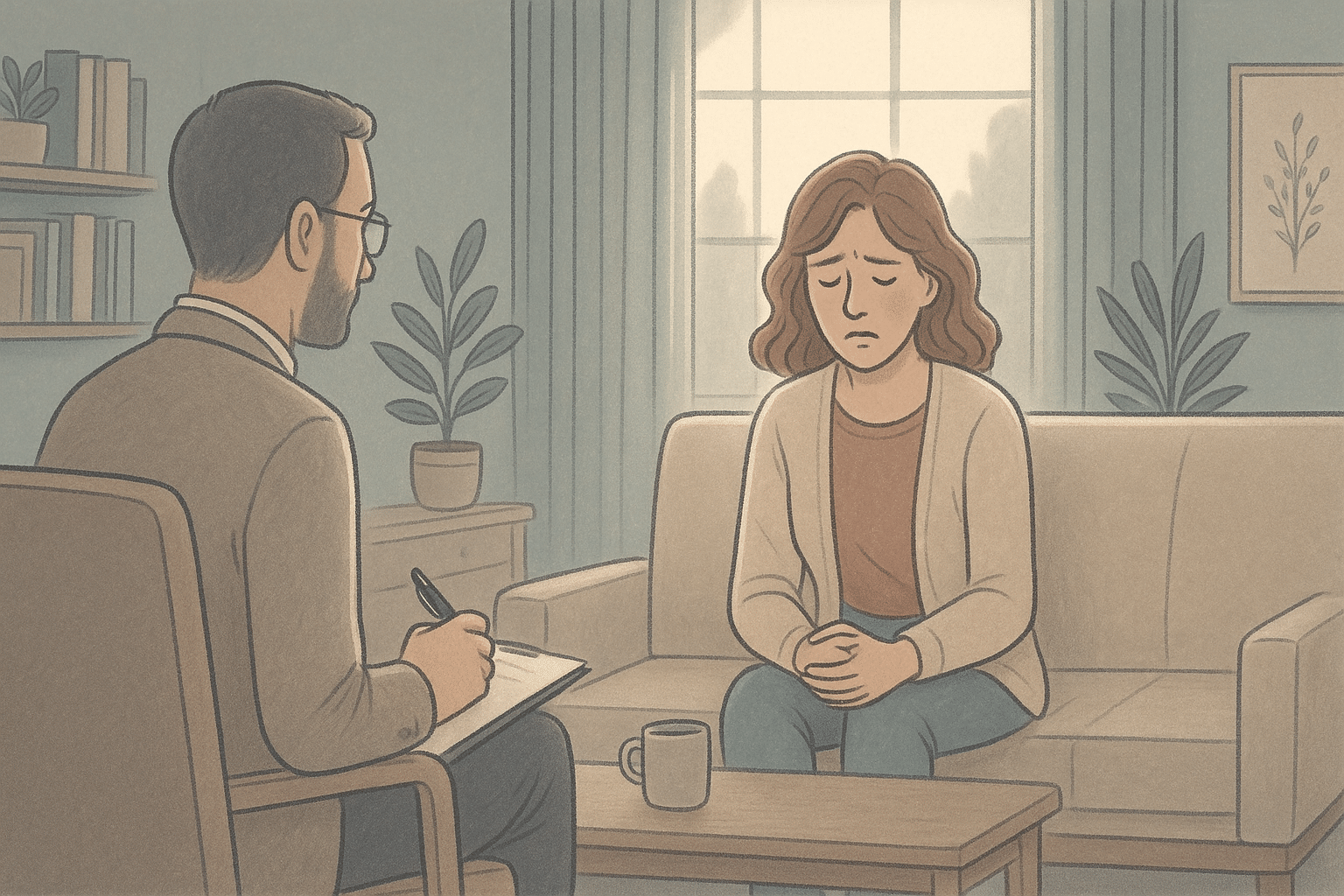American Psychiatric Association. What Is Schizophrenia? Accessed September 2, 2025. https://www.psychiatry.org/patients-families/schizophrenia/what-is-schizophrenia.
National Institute of Mental Health (NIMH). Post-Traumatic Stress Disorder. Accessed September 2, 2025. https://www.nimh.nih.gov/health/topics/post-traumatic-stress-disorder-ptsd.
American Psychiatric Association. DSM-5 Overview. Accessed September 2, 2025. https://www.psychiatry.org/psychiatrists/practice/dsm.
Tandon, Rajiv, et al. “Definition and Description of Schizophrenia in the DSM-5.” Schizophrenia Research 150, no. 1 (2013): 3–10. https://doi.org/10.1016/j.schres.2013.05.028.
World Health Organization. Schizophrenia Fact Sheet. Accessed September 2, 2025. https://www.who.int/news-room/fact-sheets/detail/schizophrenia.
Read, John, et al. “Childhood Trauma, Psychosis and Schizophrenia: A Literature Review with Theoretical and Clinical Implications.” Acta Psychiatrica Scandinavica 112, no. 5 (2005): 330–350. https://doi.org/10.1111/j.1600-0447.2005.00634.x.
Varese, Filippo, et al. “Childhood Adversities Increase the Risk of Psychosis: A Meta-analysis.” Schizophrenia Bulletin 38, no. 4 (2012): 661–671. https://doi.org/10.1093/schbul/sbs050.
World Health Organization. Schizophrenia Fact Sheet. Accessed September 2, 2025. https://www.who.int/news-room/fact-sheets/detail/schizophrenia.
NIMH. PTSD. Accessed September 2, 2025. https://www.nimh.nih.gov/health/topics/post-traumatic-stress-disorder-ptsd.
Rodrigues, Ricardo, and Kwame K. Anderson. “The Traumatic Experience of First-Episode Psychosis: A Systematic Review and Meta-analysis.” Schizophrenia Research 189 (2017): 27–33. https://doi.org/10.1016/j.schres.2017.02.001.
Buswell, Georgina, et al. “PTSD and Psychosis: Prevalence and Associated Factors.” BMC Psychiatry 21 (2021): 9. https://doi.org/10.1186/s12888-020-02999-x.
VA National Center for PTSD. “Clinician-Administered PTSD Scale for DSM-5 (CAPS-5).” Accessed September 2, 2025. https://www.ptsd.va.gov/professional/assessment/adult-int/caps.asp.
Brewin, C. R., et al. “Brief Screening Instrument for PTSD (TSQ).” The British Journal of Psychiatry 181, no. 2 (2002): 158–162. https://doi.org/10.1192/bjp.181.2.158.
van den Berg, D. P. G., et al. “Prolonged Exposure vs Eye Movement Desensitization and Reprocessing vs Waiting List for PTSD in Patients with a Psychotic Disorder: Randomized Controlled Trial.” JAMA Psychiatry 72, no. 3 (2015): 259–267. https://doi.org/10.1001/jamapsychiatry.2014.2637.
de Bont, P. A. J. M., et al. “Prolonged Exposure and EMDR for PTSD vs Waiting List: Effects on Psychosis, Depression and Social Functioning in Patients with Chronic Psychotic Disorders.” Psychological Medicine 46, no. 11 (2016): 2411–2421. https://doi.org/10.1017/S0033291716001094.
Centers for Disease Control and Prevention (CDC). Suicide Facts. Updated March 26, 2025. https://www.cdc.gov/suicide/facts/.
SAMHSA (Substance Abuse and Mental Health Services Administration). “988 Suicide & Crisis Lifeline.” Last modified April 2023. https://www.samhsa.gov/mental-health/988.















